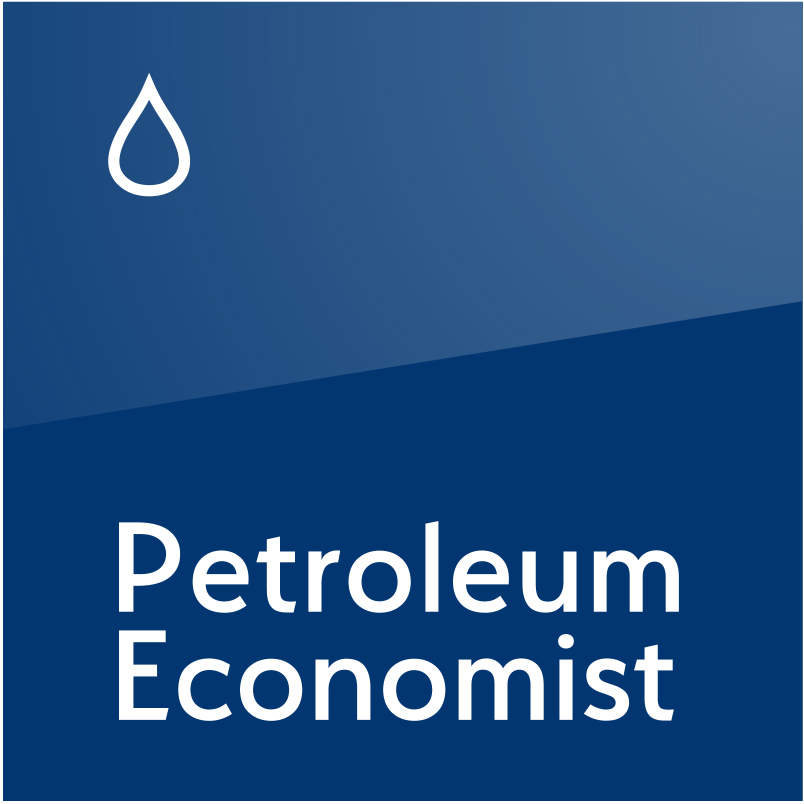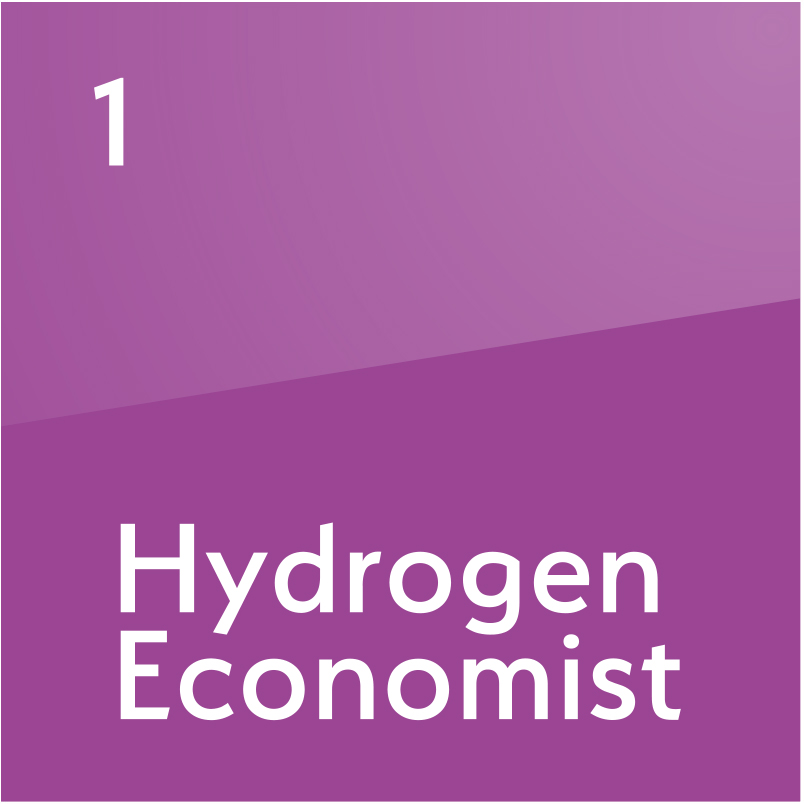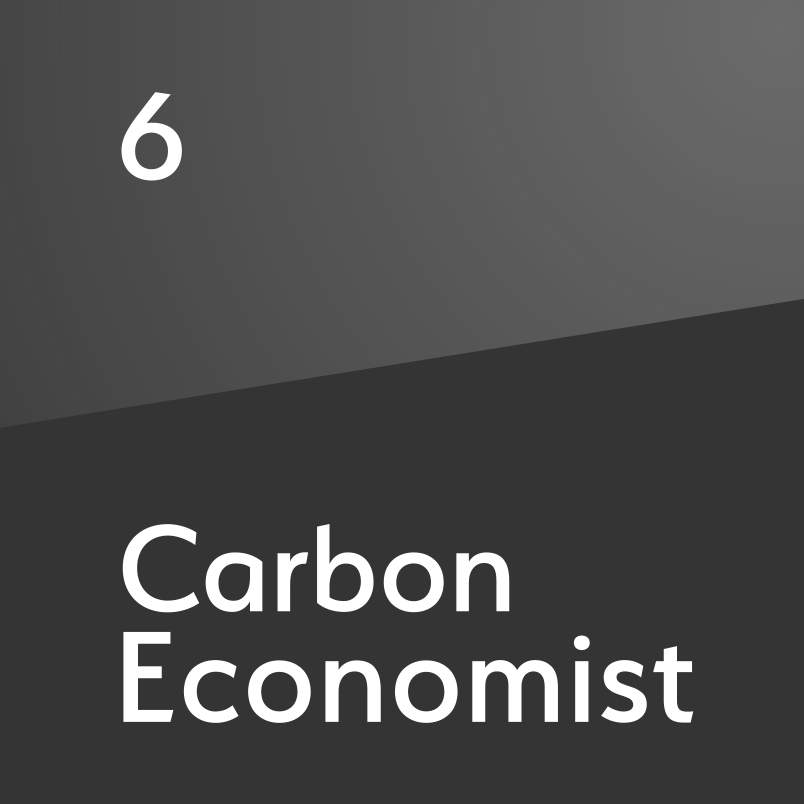Opec's 2019 dilemma
The cartel faces unprecedented challenges, amid sceptism that output cuts will avert a global supply glut
Bearish voices are loudest these days. Several big houses have downgraded their 2019 price forecasts: Goldman Sachs has gone from $70/bl to $62.50/bl, citing a surge in production, particularly from US shale. Opec may be less influential than it used to be, but still accounts for more than 40pc of global oil supplies against 53pc in the 1970s. Clearly, it has more clout when acting as Opec+, the wider cartel that includes Russia and Kazakhstan—which struck a supply cuts accord in Vienna in December. Despite Opec's heft, with mega-producer Saudi Arabia at the helm, undercurrents in the global energy marketplace are viewed as unsettling. Garbis Iradian, chief economist for the Mena region at W

Also in this section
12 December 2025
The latest edition of our annual Outlook publication, titled 'The shape of energy to come: Creating unique pathways and managing shifting alliances', is available now
12 December 2025
The federal government is working with Alberta to improve the country’s access to Asian markets and reduce dependence on the US, but there are challenges to their plans
11 December 2025
The removal of the ban on oil and gas exploration and an overhaul of the system sends all the right messages for energy security, affordability and sustainability
10 December 2025
The economic and environmental cost of the seven-year exploration ban will be felt long after its removal







